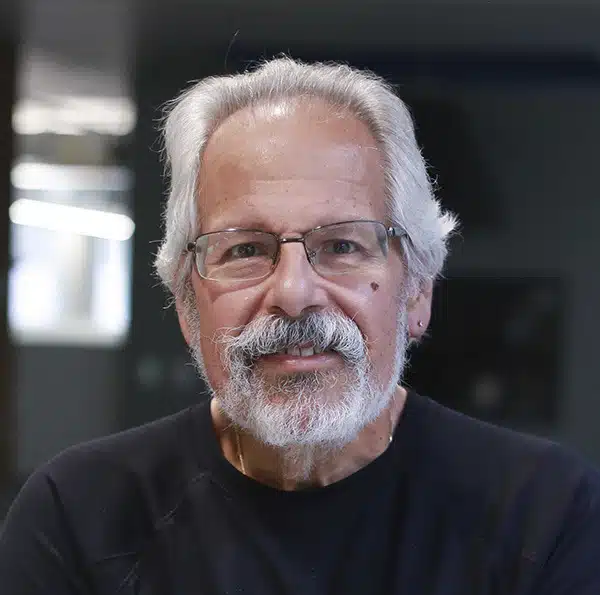- April 1, 2024
- Perspectives
How to Conduct a Successful Retro-Commissioning Energy Audit


Al LaPera, CxA, EMP, LEED O+M, LEED BD+C
Energy Services Manager
As the push for clean energy and lowered greenhouse gas emissions sweeps the US, many businesses are beginning to more clearly recognize their environmental impacts. Companies often begin the process of prioritizing environmental change by evaluating their overall carbon footprints, which includes determining operational carbon consumption.
For businesses to determine their carbon consumption, they must first conduct an American Society of Heating, Refrigerating, and Air-Conditioning Engineers (ASHRAE) Level 2 energy audit, an in-depth survey and analysis of a building’s energy usage conducted by energy managers and design engineers.
Based on their findings, energy managers and design engineers determine retro-commissioning Energy Conservation Measures (ECMs). The process of retro-commissioning ECMs allows businesses to investigate, analyze, and optimize a building’s energy systems and ensures the systems are installed correctly. This article will cover how energy managers and design engineers can conduct successful retro-commissioning energy audits and exceed varying client expectations.
Customize Solutions for Your Clients’ Goals
Energy managers and design engineers should develop a clear understanding of the client and their unique needs to provide accurate and applicable solutions. The client may be the corporate sustainability lead, engineering lead, operations lead, or building manager.
Successful energy audits hinge on the energy managers and design engineers understanding the client’s ownership model, budget, and building type. Additionally, the client’s goals must be at the core of every decision. Some clients need to learn their goals during the process, which requires the guidance of the energy manager and the expertise of the design engineer. The energy manager and design engineer identify and prioritize energy reduction solutions, setting the building owner up for success in minimizing their carbon footprint.
Prioritize Energy Conservation Measures
Energy managers and design engineers can facilitate ECM prioritization by supporting clients throughout feasibility, cost, and payback analyses. A payback analysis determines how long it may take to start, complete, and pay for a capital project. The payback analysis also helps stakeholders rank energy conservation opportunities based on two methods.
The first and most common method is simple payback—meaning energy managers and design engineers need to identify the best designs and solutions available that can help their clients recover a project’s cost quickly. The second method is an investment-grade audit, a detailed analysis of the potential energy savings and financial performance of projects. The net positive value resulting from the investment-grade audit indicates if the project is profitable and worth pursuing.
Navigate the Challenges of Energy Conservation Measures
Sometimes, energy audits do not account for all the potentially negative impacts ECMs can have on the building and its operations, leading to results that may be unreliable and biased. For example, something as small as reducing a building’s lighting wattage can make a significant impact on the interior temperature of buildings located in cooler climates. If lighting wattage is diminished, heat must be recovered through another source—such as fossil fuels, electricity, etc. The energy manager and design engineer’s overall job is to create a holistic view of the project and help clients determine if ECMs will have ripple effects across multiple building aspects.
Additionally, engineers must be realistic not only with their estimated energy savings but also their construction and implementation costs. If construction managers and design engineers use biased energy savings or implementation costs when executing energy services, reasonable payback expectations will not be met.
Successful energy audits are a team effort based on clear communication and transparency between stakeholders. Engineers must look at the projects holistically, predict energy savings conservatively, estimate construction costs reasonably, and keep their clients engaged. Developing a workable plan that all parties have a vested interest in can support a positive, sustainable outcome.
About the Author

Al LaPera, CxA, EMP, LEED O+M, LEED BD+C
Al has more than 45 years of experience working on a broad range of building types, including municipal, educational, healthcare, and commercial facilities. Al's specialties are energy services, such as systems commissioning, energy analysis, and energy auditing, as well as HVAC system design from inception to construction administration. Al sits on the Board of Directors for the Energy Management Association and serves on the ACG (AABC Commissioning Group) Education Committee. He also teaches ACG’s National Commissioning Authority Workshop and the Energy Management Professional Workshop.
